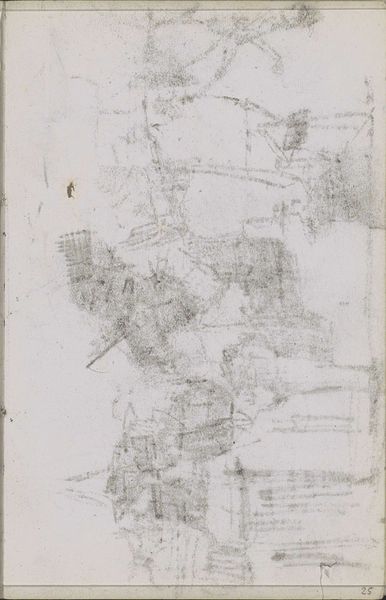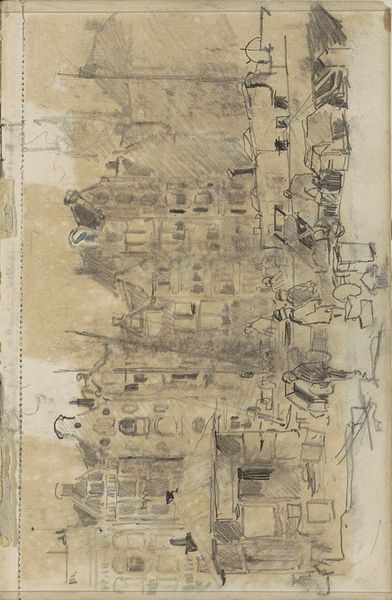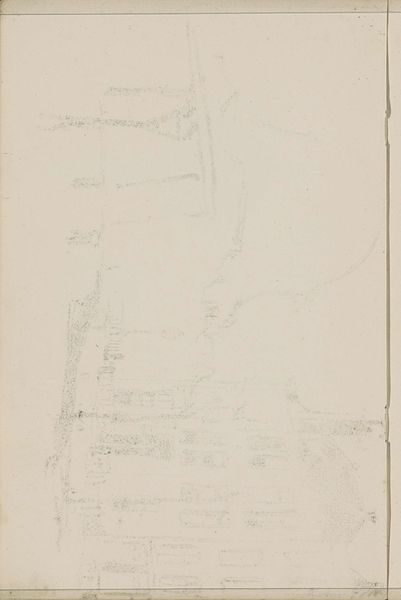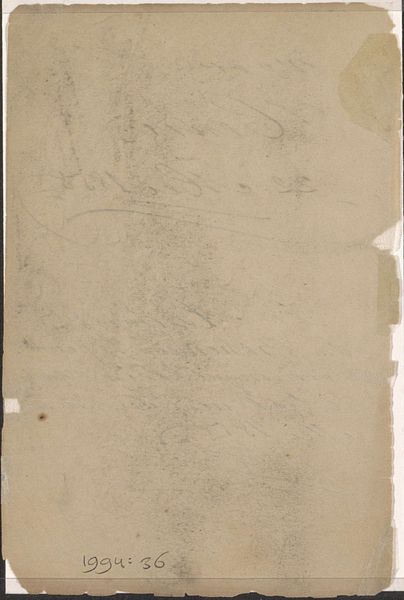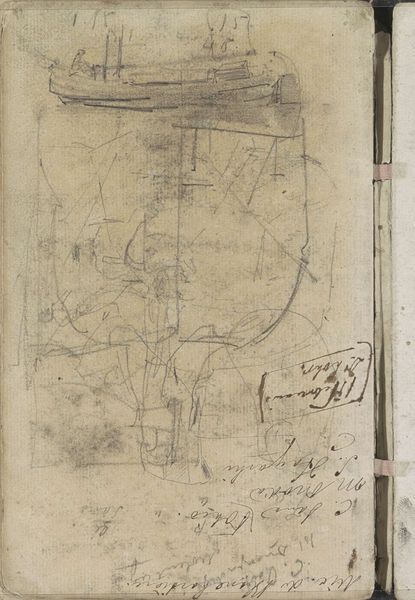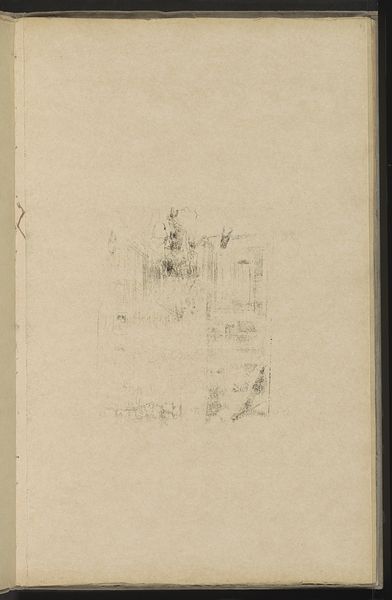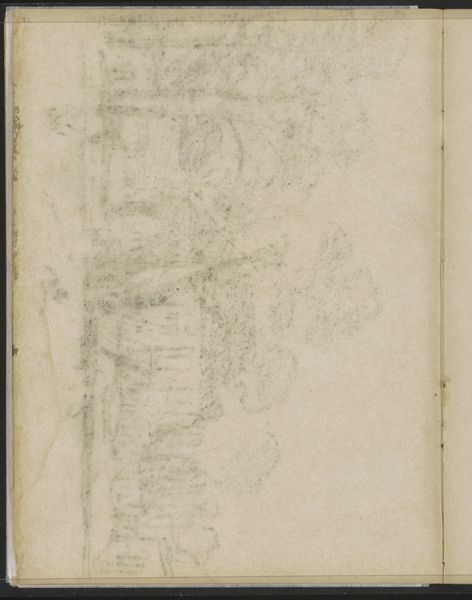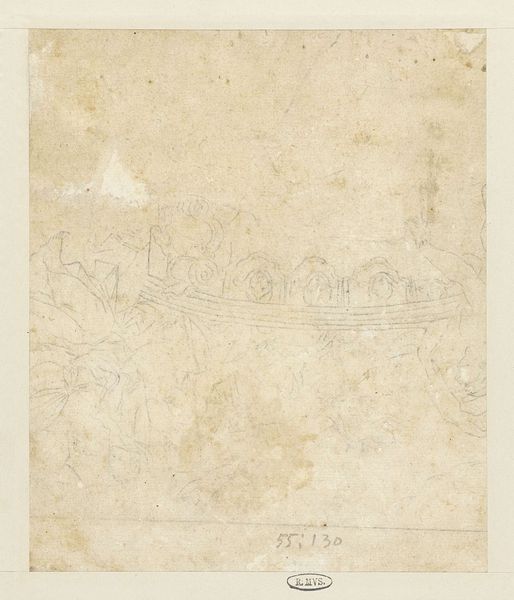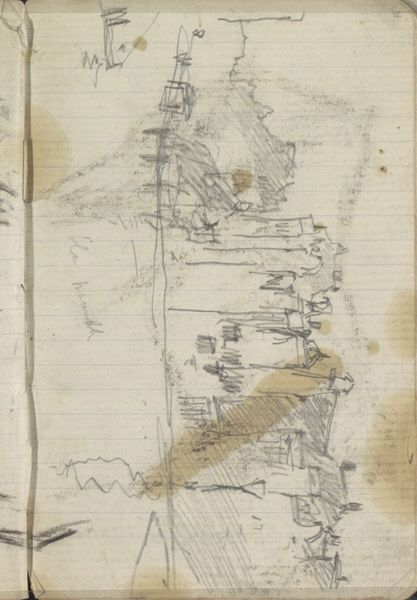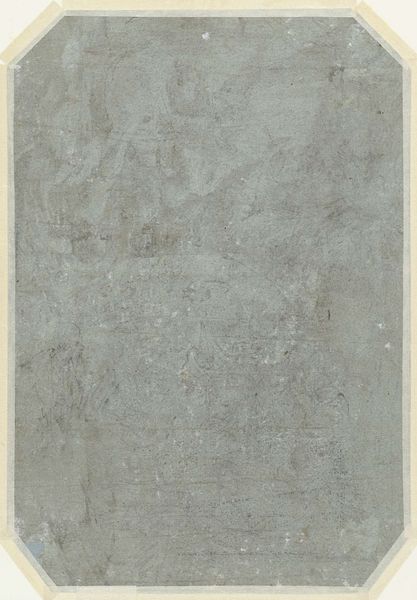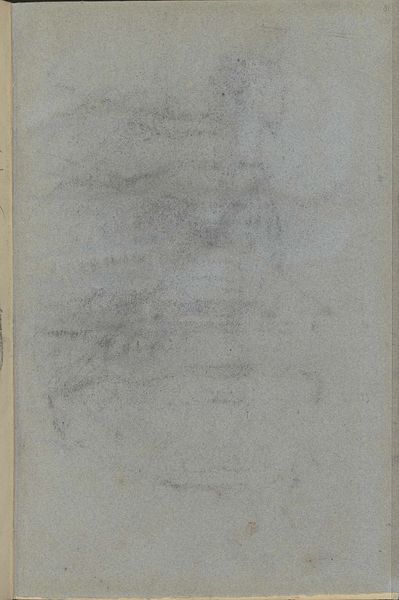
drawing, paper, pencil
#
drawing
#
paper
#
coloured pencil
#
sketch
#
pencil
#
cityscape
#
watercolor
#
realism
Copyright: Rijks Museum: Open Domain
Curator: This is a sketch by Cornelis Vreedenburgh, dating from sometime between 1890 and 1946. It's rendered with pencil, colored pencil, and what looks like watercolor on paper, depicting the Nicolaaskerk in Amsterdam. Editor: My first thought is 'ephemeral.' It feels so light, almost as if it might blow away. The architecture, while recognizable, appears transient, caught between memory and the page. Curator: Vreedenburgh often captured cityscapes. He seemed drawn to the way buildings dominate but also interact with the spaces people create around them. The church itself has significant symbolism—it's dedicated to Saint Nicholas, the patron saint of Amsterdam. What stories might the structure whisper? Editor: Right, and considering the historical context—spanning from the late 19th century into the mid-20th—we're looking at a period marked by massive urban development and social change. How does Vreedenburgh position this religious icon within this rapidly transforming Amsterdam? Is it a symbol of continuity, or perhaps a commentary on the shifting power dynamics within the city? Curator: Interesting point! Saint Nicholas is a figure tied to both religious tradition and popular culture – think of Sinterklaas in Dutch tradition or Santa Claus more broadly. The sketch could evoke a sense of familiarity but also a yearning for what was as the modern world took hold. I am fascinated by how Vreedenburgh uses such a wispy almost incomplete style; to me it mirrors our own incomplete relationship with memory and history. Editor: I’d push that further. Amsterdam was not only becoming modernized but experiencing socio-political upheavals around labor rights and early seeds of feminism. Incomplete not just from the view of memory, but potential futures which may feel increasingly fragile in the modern moment. The church as an anchor... but perhaps a decaying one. Curator: I love your perspective on the decay aspect; it invites considering the power and perhaps weakening influence of religion, represented via this grand structure. It certainly makes me ponder how religious spaces can still provide stability and connection. Editor: It prompts crucial discussions: permanence, progress, identity formation. The interplay of those things is etched within this seemingly simple drawing, an intersectional point on paper if ever there was one. Curator: Ultimately, Vreedenburgh delivers a visual poem that invites introspection. We can connect not only to the church itself but the layered histories and symbolisms enmeshed with it. Editor: Definitely. And by prompting those connections, it holds the mirror up to not just Amsterdam then, but our societal narratives today. A soft touch for a sharp interrogation.
Comments
No comments
Be the first to comment and join the conversation on the ultimate creative platform.
